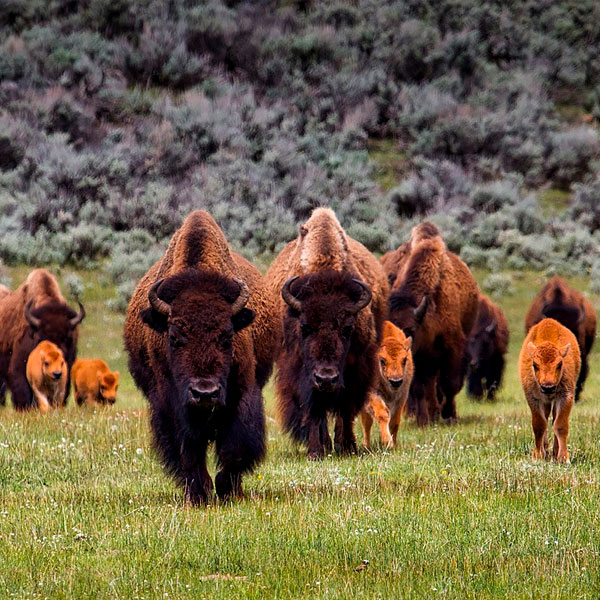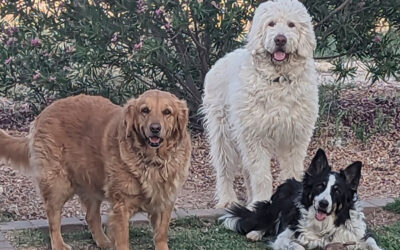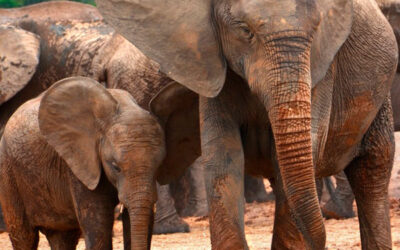After all, they’re plains creatures known for munching tall, swaying grasses in places like South Dakota and slowly making their way across long, winding roadways in parks and preserves while dozens of tourists wait patiently in their vehicles as they meander by. Once roaming in vast herds with populations in excess of 60 million in the late 1700s, the species was culled down to just 541 animals by 1889.
With that picture planted firmly in our minds, one might wonder how they got to the Grand Canyon in the early 1900s. The story goes that entrepreneur Charles “Buffalo” Jones introduced approximately 100 bison to the area as part of a crossbreeding experiment with cattle. Bison, incidentally, are not buffalo, which is a common misconception. They are, however, part of the bovid family.
Since their initial introduction to the canyon, their numbers have steadily grown. Much like wild horses, the animals can wreak havoc on fragile ecosystems, so their continued presence has caused a certain amount of consternation on the part of biologists. When herds of either species get too large, they must be thinned, often ending with death.
Sometimes, if they’re lucky, they’re relocated, which is exactly what is happening with the bison that call the Grand Canyon home. Thriving in the forests, biologists there are concerned that if they’re left unchecked, their numbers could swell to between 1,200 to 1,500 from the more than 600 living there today. So where are they going? The answer is pure genius.
The park’s wildlife managers have determined that 200 bison would be more in line with the health of the landscape. Without the threat of natural predators to keep the population down, like wolves, mountain lions, or even grizzly bears, relocation is the answer they’ve arrived at.
Viewed by them more as wildlife than commercial livestock, 82 tribes across the U.S. now have more than 20,000 bison in 65 herds under their stewardship. After all, they were a huge part of their ancestors’ lives and culture for thousands of years.
But here in Arizona, the bison at the Grand Canyon have evolved out of necessity. In fact, they’ve been referred to as ninjas of the forest due to their stealthy movements as they soundlessly traverse the landscape, presumably to avoid drawing unwanted attention to themselves.
In addition to the stealth factor, the evolving bison living within the Grand Canyon National Park appear to have worked out for themselves just where the park’s boundaries begin and end. Knowing those borders is important if you’re trying to dodge hunters hungry for a head to mount and a hide to turn into a rug.
According to numerous sightings, the bison there have been observed crossing those boundaries in search of water and then hightailing it back to the relative safety of the park at an accelerated pace, as compared to their usual unhurried mosey. Like most creatures we deem as less intelligent than ourselves, they are far more aware than humans give them credit for.














